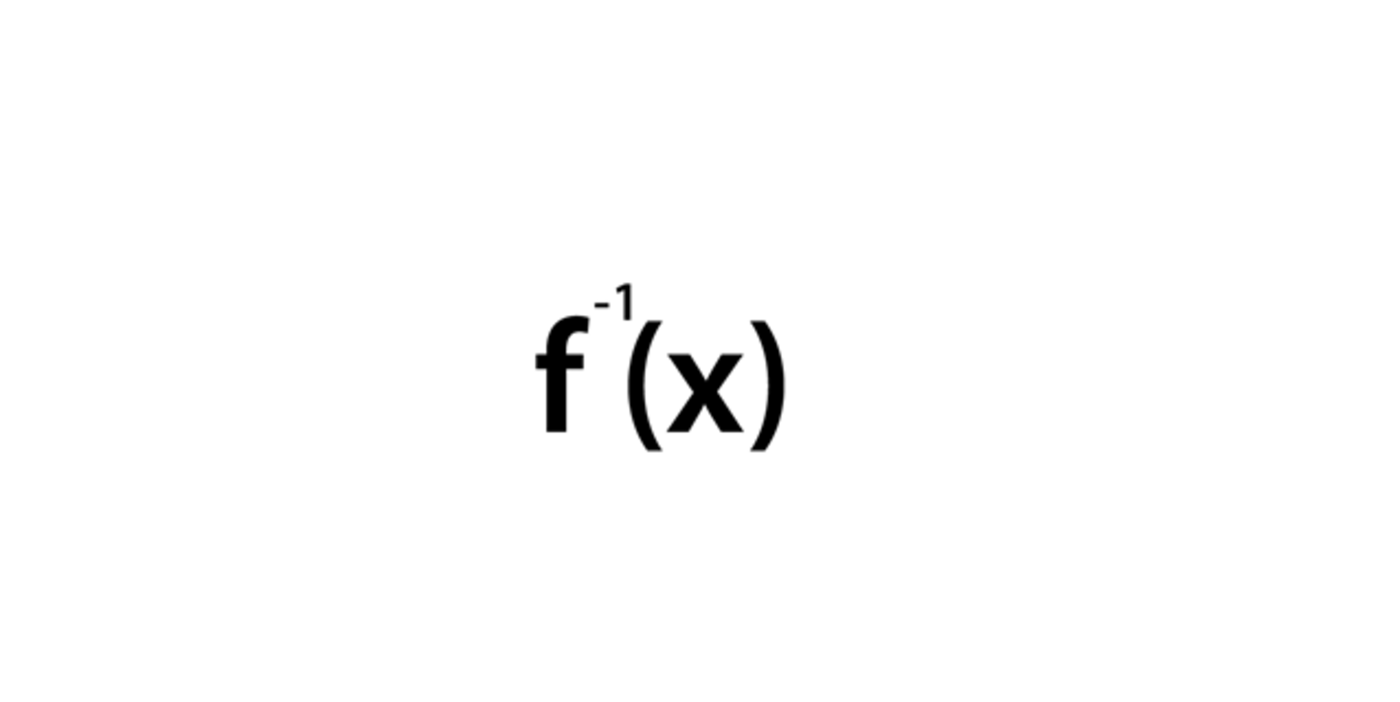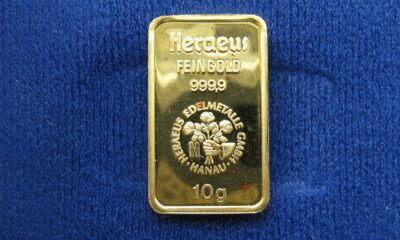En omvänd ETF, eller en invers ETF är en börshandlad fond konstruerad genom att använda olika derivat för att dra nytta av en nedgång i värdet på ett underliggande riktmärke. Att investera i inversa ETF: er liknar att ha olika korta positioner, vilket innebär att man lånar värdepapper och säljer dem med hopp om att återköpa dem till ett lägre pris.
En invers ETF är också känd som en ”kort ETF” eller ”Bear ETF.”
Förstå omvända ETF: er
Många inversa ETF:er använder dagliga terminskontrakt för att producera sin avkastning. Ett terminskontrakt är ett avtal om att köpa eller sälja en tillgång eller värdepapper till en bestämd tid och pris. Terminskontrakt eller futures som de också kallas för, tillåter investerare att satsa på riktningen för ett värdepapperspris.
Inversa ETF: s användning av derivat – som terminskontrakt – gör det möjligt för investerare att satsa på att marknaden kommer att falla. Om marknaden sjunker stiger den inversa ETF med ungefär samma procent minus avgifter och provisioner från mäklaren.
Inversa ETF: er är inte långsiktiga investeringar eftersom derivatkontrakten köps och säljs dagligen av fondförvaltaren. Som ett resultat finns det inget sätt att garantera att den inversa ETF matchar det långsiktiga resultatet för indexet eller de aktier som det spårar. Den frekventa handeln ökar ofta fondutgifterna och vissa inversa ETF: er kan ha en kostnadsandel på 1% eller mer.
Inversa ETF: er versus blankningar
En fördel med inversa ETF: er är att de inte kräver att investeraren har ett marginalkonto, vilket skulle vara fallet för investerare som vill gå in i korta positioner. Ett marginkonto är ett där en mäklare lånar ut pengar till en investerare för att handla. Margin används med stop loss – en avancerad handelsaktivitet.
Investerare som blankar lånar värdepapperen – de äger dem inte – så att de kan sälja dem till andra handlare. Målet är att köpa tillbaka tillgången till ett lägre pris och stänga affären genom att återlämna aktierna till långivaren. Det finns dock en risk att värdet på värdepapperet stiger i stället för att falla och investeraren måste köpa tillbaka värdepapperen till ett högre pris än det ursprungliga försäljningspriset.
Förutom ett marginkonto kräver blankning en aktielånavgift som betalas till en mäklare för att låna de aktier som krävs för att sälja kort. Aktier med hög kort ränta kan leda till svårigheter att hitta aktier som är korta, vilket ökar kostnaden för short selling. I många fall kan kostnaden för att låna aktier till kort överstiga 3% av det lånade beloppet. Du kan se varför oerfarna handlare snabbt kan komma in över huvudet.
Omvänt har inversa ETF: er ofta en kostnadsnivå på mindre än 2% och kan köpas av vem som helst med ett mäklarkonto. Trots kostnadsförhållandena är det fortfarande lättare och billigare för en investerare att ta en position i en invers ETF än att sälja korta aktier.
Fördelar
Inversa ETF: er tillåter investerare att tjäna pengar när marknaden eller det underliggande indexet sjunker.
Inversa ETF: er kan hjälpa investerare att skydda sin investeringsportfölj.
Det finns flera inversa ETF: er för många av de största marknadsindexen.
Nackdelar
Inversa ETF: er kan snabbt leda till förluster om investerare satsar fel i marknadens riktning.
Inversa ETF: er som hålls i mer än en dag kan leda till förluster.
Inversa ETF: er har högre avgifter jämfört med traditionella ETF: er.
Typer av inversa ETF: er
Det finns flera inversa ETF: er som kan användas för att dra nytta av nedgångar i breda marknadsindex, till exempel Russell 2000 eller Nasdaq 100. Det finns också inversa ETF: er som fokuserar på specifika sektorer, såsom ekonomi, energi eller konsumentvaror.
Vissa investerare använder inversa ETF: er för att dra nytta av marknadsnedgångar medan andra använder dem för att säkra sina portföljer mot fallande priser. Till exempel kan investerare som äger en ETF som matchar S&P 500 säkra nedgångar i S&P genom att äga en invers ETF för S&P. Men säkring har också risker. Om S&P stiger måste investerare sälja sina inversa ETF: er eftersom de kommer att orsaka förluster som kompenserar för eventuella vinster i sin ursprungliga S&P-investering.
Inversa ETF: er är kortfristiga handelsinstrument som måste passar perfekt för investerare att tjäna pengar. Det finns en betydande risk för förluster om investerare lägger för mycket pengar i omvända ETF: er och gör sina köp och försäljningar med dålig timing.

 Nyheter3 veckor sedan
Nyheter3 veckor sedan
 Nyheter4 veckor sedan
Nyheter4 veckor sedan
 Nyheter4 veckor sedan
Nyheter4 veckor sedan
 Nyheter2 veckor sedan
Nyheter2 veckor sedan
 Nyheter3 veckor sedan
Nyheter3 veckor sedan
 Nyheter3 veckor sedan
Nyheter3 veckor sedan
 Nyheter2 veckor sedan
Nyheter2 veckor sedan
 Nyheter4 veckor sedan
Nyheter4 veckor sedan




















